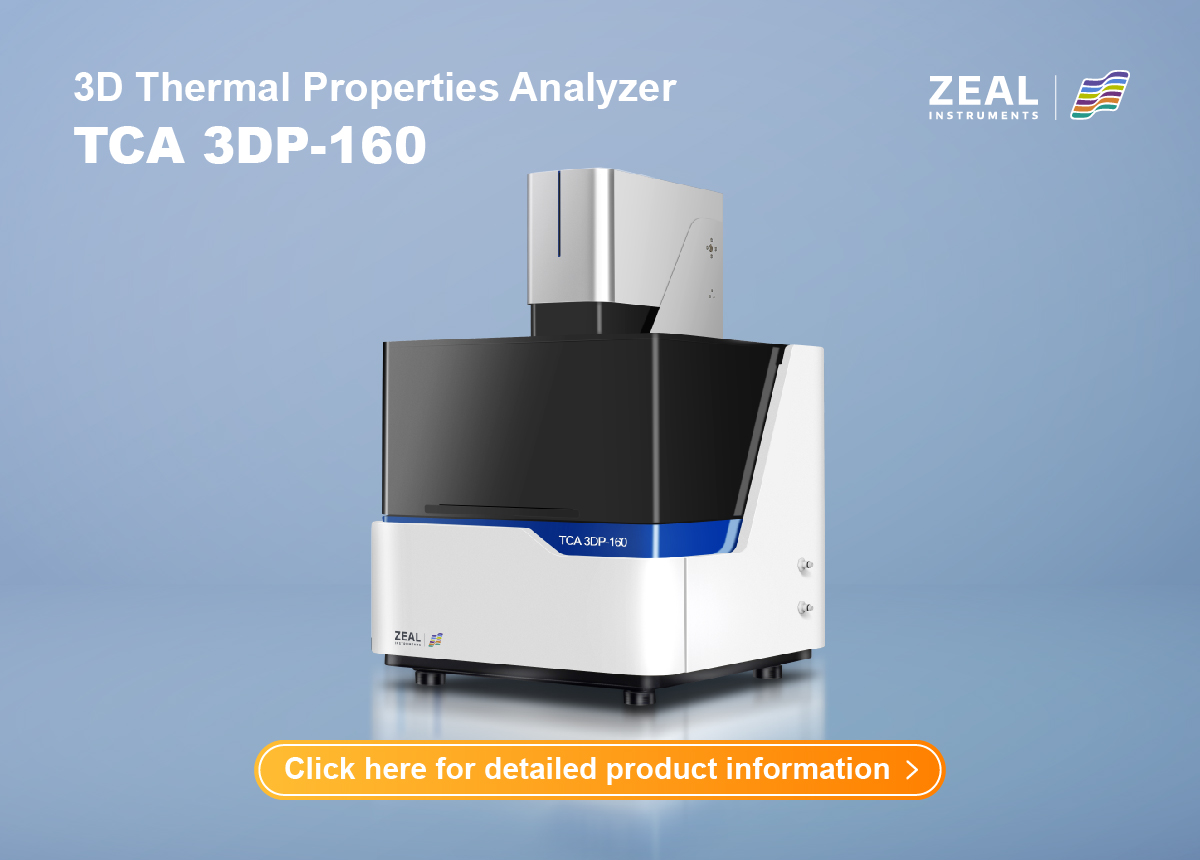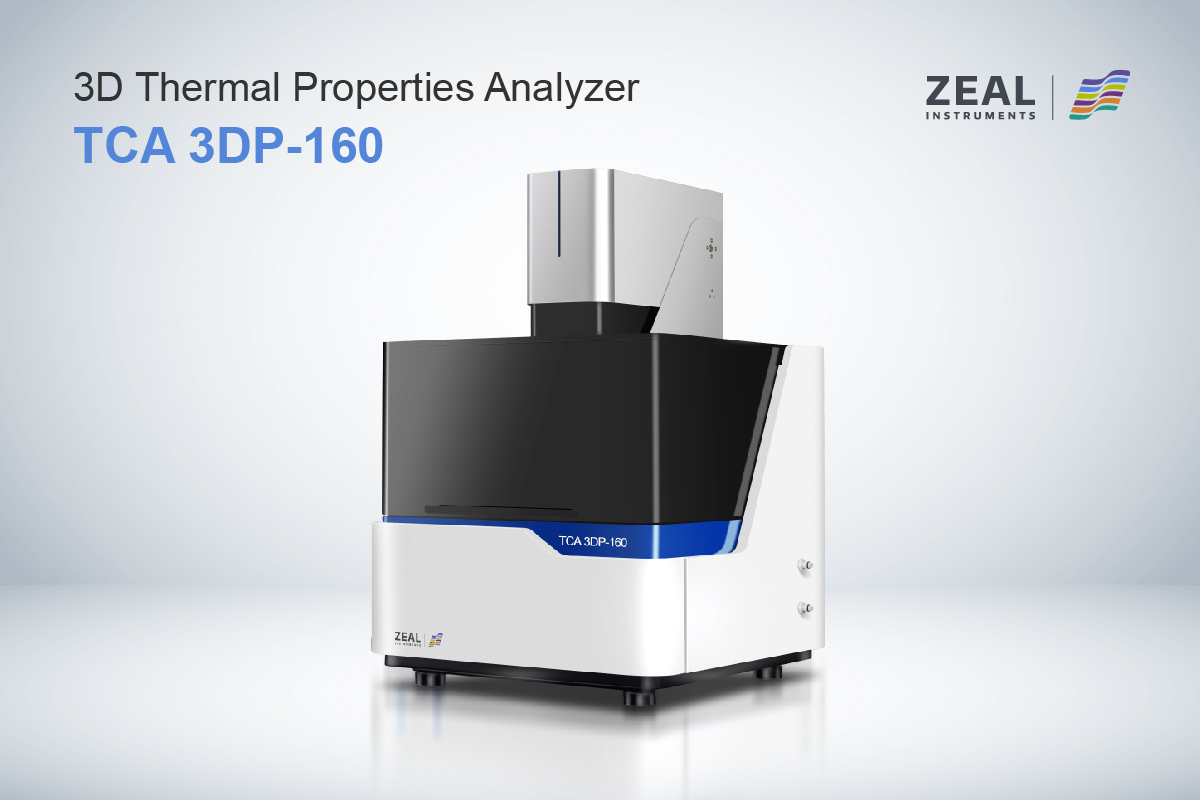Battery Thermal Conductivity Testing: Importance and Methods
Battery thermal conductivity testing is a crucial process in the development and testing of batteries. It helps manufacturers and researchers to ensure that batteries are safe, efficient, and reliable. Thermal conductivity testing measures the ability of a material to conduct heat, which is essential in determining the heat dissipation capabilities of batteries.
The thermal conductivity of a battery is a critical factor in determining its performance and safety. Batteries generate heat during their operation, and if the heat is not dissipated effectively, it can lead to thermal runaway, which can cause the battery to overheat and even explode. Therefore, it is essential to test the thermal conductivity of batteries to ensure that they can dissipate heat effectively and prevent thermal runaway. Moreover, thermal conductivity testing can help optimize the design of batteries, leading to better performance and longer lifetimes.
Fundamentals of Battery Thermal Conductivity
When it comes to batteries, thermal conductivity is a crucial factor that affects the performance, safety, and lifespan of the battery. In this section, we will explore the fundamentals of battery thermal conductivity, including the thermal properties of battery materials and the importance of thermal conductivity in battery performance.
Thermal Properties of Battery Materials
The thermal properties of battery materials play a significant role in determining battery thermal conductivity. In general, battery materials have low thermal conductivity, which means they are poor conductors of heat. The low thermal conductivity of battery materials is due to the presence of insulating components such as electrolytes, separators, and electrode materials.
The thermal properties of battery materials can be characterized by several parameters, including thermal conductivity, specific heat capacity, and thermal diffusivity. Thermal conductivity is a measure of a material’s ability to conduct heat, while specific heat capacity is a measure of the amount of heat required to raise the temperature of a material. Thermal diffusivity is a measure of a material’s ability to conduct heat relative to its ability to store heat.
Importance of Thermal Conductivity in Battery Performance
The thermal conductivity of a battery is a critical factor that affects battery performance, safety, and lifespan. One of the primary reasons why thermal conductivity is essential in batteries is that it affects the battery’s ability to dissipate heat. During the charging and discharging process, the battery generates heat, which needs to be dissipated to prevent thermal runaway and other safety issues.
In addition to safety concerns, the thermal conductivity of a battery also affects its performance and lifespan. Batteries with high thermal conductivity can operate at higher temperatures without degrading, which means they can deliver more power and have a longer lifespan. On the other hand, batteries with low thermal conductivity are more prone to overheating, which can lead to performance degradation and reduced lifespan.
To summarize, the thermal conductivity of a battery is a crucial factor that affects its performance, safety, and lifespan. Battery materials with low thermal conductivity can lead to safety issues, performance degradation, and reduced lifespan. Therefore, it is essential to test and optimize the thermal conductivity of battery materials to ensure the optimal performance and safety of the battery.
Testing Methodologies
When it comes to testing battery thermal conductivity, there are several methodologies to consider. In this section, we will discuss three different types of testing techniques that are commonly used: steady-state techniques, transient techniques, and comparative methods.
Steady-State Techniques
Steady-state techniques are used to measure the thermal conductivity of a material when it is in a steady-state condition. This means that the temperature of the material is constant, and there is no change in temperature over time. One common steady-state technique is the guarded hot plate method, which involves placing a sample of the material between two plates and measuring the heat flow through the sample.
Transient Techniques
Transient techniques are used to measure the thermal conductivity of a material when it is in a transient state. This means that the temperature of the material is changing over time. One common transient technique is the hot-wire method, which involves placing a wire in contact with the material and measuring the temperature change over time.
Comparative Methods
Comparative methods involve comparing the thermal conductivity of a material to that of a known standard. One common comparative method is the laser flash method, which involves measuring the time it takes for a pulse of light to pass through the material and then using this data to calculate the thermal conductivity.
It is important to note that each of these testing methodologies has its own advantages and disadvantages. For example, steady-state techniques are generally more accurate, but they can be time-consuming and require specialized equipment. Transient techniques, on the other hand, are faster and easier to perform, but they may not be as accurate as steady-state techniques. Comparative methods are useful for quickly screening materials, but they may not provide as much detail as other methods.
Overall, the choice of testing methodology will depend on the specific needs of your application. By understanding the advantages and disadvantages of each technique, you can make an informed decision and ensure that your testing is accurate and reliable.
Data Analysis and Interpretation
Thermal Conductivity Data Processing
Once you have collected the thermal conductivity data, you will need to process it to make it usable for analysis. The data processing involves removing any noise or errors in the data, normalizing the data, and calculating the thermal conductivity values for each component of the battery.
To remove any noise or errors in the data, you can use a smoothing algorithm or filter. Normalizing the data involves scaling the data to a common value so that it can be compared across different samples. Once the data has been normalized, you can calculate the thermal conductivity values for each component of the battery using the appropriate equations.
It is also important to ensure that the data processing method is consistent across all samples to ensure accurate and reliable results.
Correlating Thermal Conductivity with Battery Efficiency
Once you have processed the thermal conductivity data, you can use it to correlate with battery efficiency. Battery efficiency is a measure of how well the battery is able to convert stored energy into usable energy.
By correlating thermal conductivity with battery efficiency, you can identify any areas of the battery that are causing inefficiencies and work to improve them. For example, if the thermal conductivity of the separator is low, it could be causing overheating and reducing the efficiency of the battery.
Correlating thermal conductivity with battery efficiency can also be used to optimize the design of the battery. By identifying the components with the highest thermal conductivity values, you can work to improve their design or material properties to increase the overall efficiency of the battery.
In conclusion, data analysis and interpretation is a critical step in battery thermal conductivity testing. By processing the data and correlating it with battery efficiency, you can identify areas of improvement and optimize the design of the battery for maximum efficiency.









































